Economic and Epidemiological Impact
Analysed in just a few gobbets for time-starved, over-solicited decision-makers
From an economic perspective, Covid-19 = demand shock + supply shock + financial shock. It could very well halve global growth this year: 1.5% instead of a previous 2.9%, according to the OECD.
- The spread of Covid-19 follows an exponential pattern: the number of cases tends to double every 7 days until “enough” people have been exposed to the virus. Then, their immunity causes the rate of spread to decelerate. Insights from our network suggest that French health authorities assume that the epidemics will peak at the end of May, having started at the very beginning of March. This is a reasonable proxy for the rest of the world, to be adjusted in accordance with (1) national containment and testing measures, and (2) the strength of public health systems.
- In the light of all this, we remain baffled by sell-side analysis continuing to suggest a V-shaped economic recovery in Q2. A likely global recession will be induced by a collective fear of frequenting public spaces and consumer retrenchment that will not recede until there is convincing evidence that the pandemic is retreating. The tools for combating fear are elusive, hence the extent of the major disruption that Covid-19 will inflict is as yet unknown – ranging from severe to extreme (a once-in-a-lifetime exogenous shock that could hasten the retreat of globalization). And think about second and third-round effects (like what oil at USD30-40 means for countries like Russia or Saudi Arabia).
- From an economic perspective, Covid-19 = demand shock + supply shock + financial shock. It could very well halve global growth this year: 1.5% instead of a previous 2.9%, according to the OECD. Our best-case scenario is now a Q3 slow U-shaped recovery. As the Fed 50 basis points cut just showed, interest rates can neither cure the coronavirus nor repair supply chains.
- Covid-19 creates a dissonance between individual risk (extremely limited) and public health risk (extremely high). The latter stems from the likelihood of public health systems becoming overwhelmed by the epidemics. Consider the following from the US Department of Health and Human Services. A moderate scenario (1968 flu-like) would require1m hospitalisations and 200,000 patients needing ICU (Intensive Care Unit) while a very severe scenario (1918-like Spanish Flu) would require 9.6m hospitalisations and 2.9m ICU units. There are at the moment 46,500 medical ICU beds in the US + an equal number of other ICU beds that could be used in a crisis. The travel restrictions and quarantines are being put in place not primarily to decrease the number of infected people but rather to delay the outbreak, thus affording authorities more time to prepare.
- But all this said… let’s keep things in perspective: so far in the current season, the flu has sickened many more people than the coronavirus. In the US for example, there have been 32 million cases of flu, several hundred thousands hospitalisations, and 18,000 related deaths (source: CDC). By contrast, to date (March 4th), about 130 people have been infected with the new coronavirus, with nine deaths.
- Some sobering food for thought from Bill Gates: “Now we also face an immediate crisis. In the past week, Covid-19 has started behaving a lot like the once-in-a-century pathogen we’ve been worried about. I hope it’s not that bad, but we should assume it will be until we know otherwise”.


